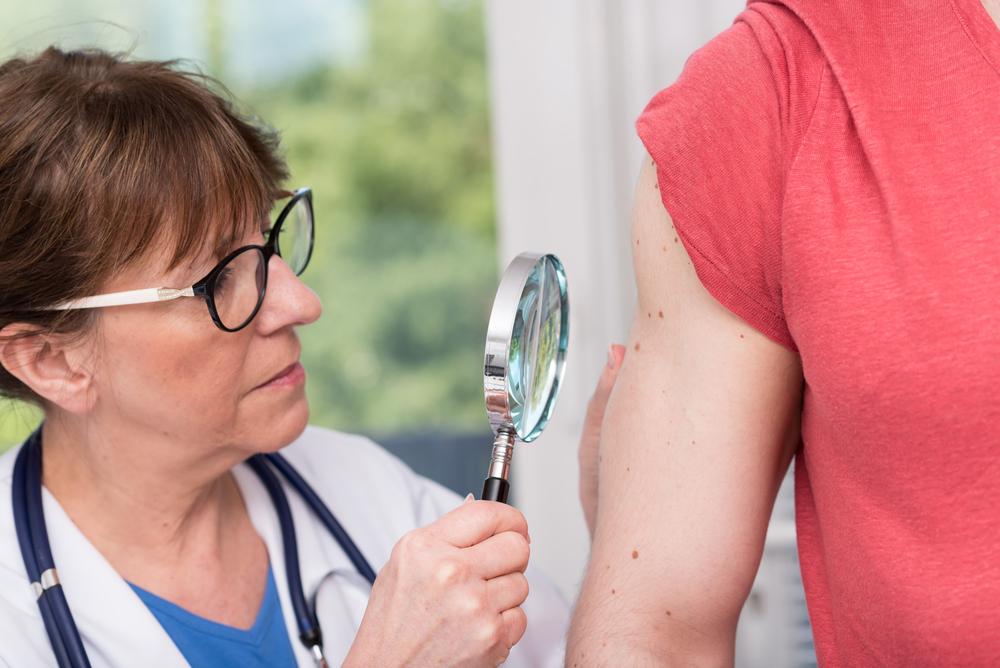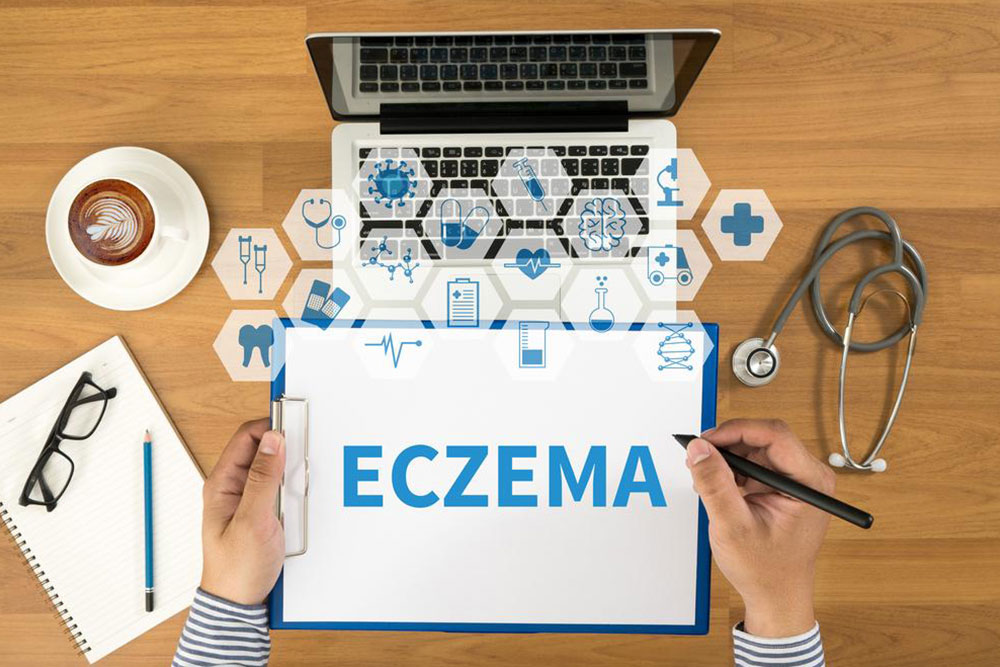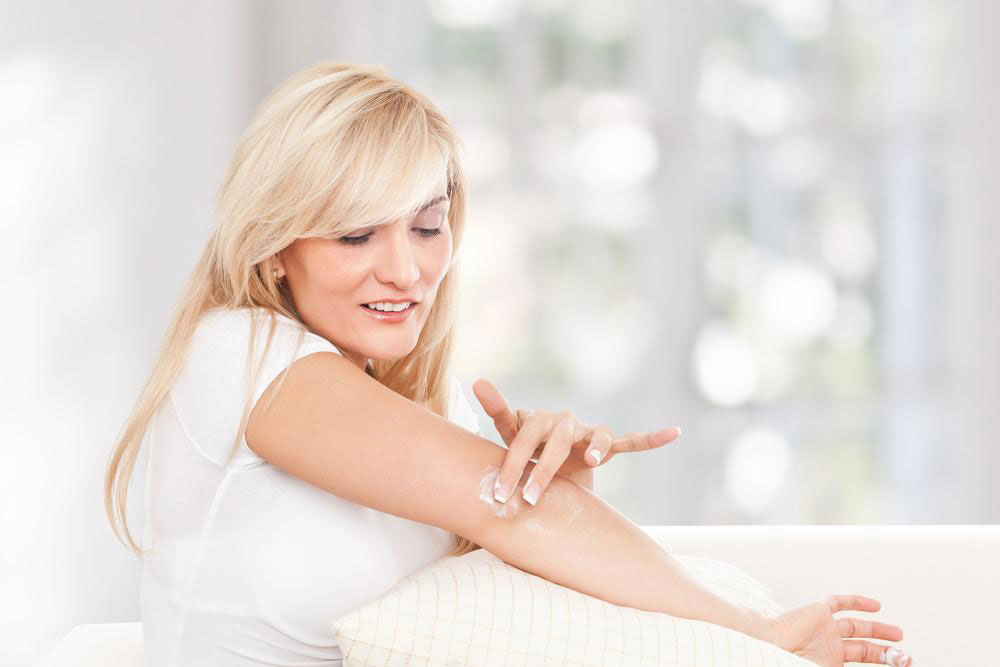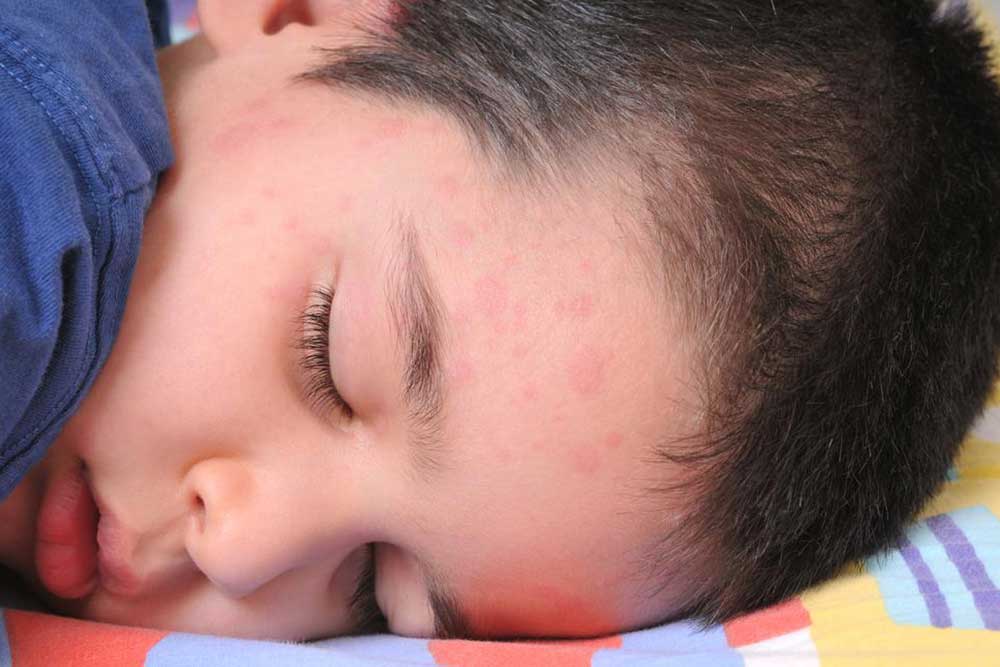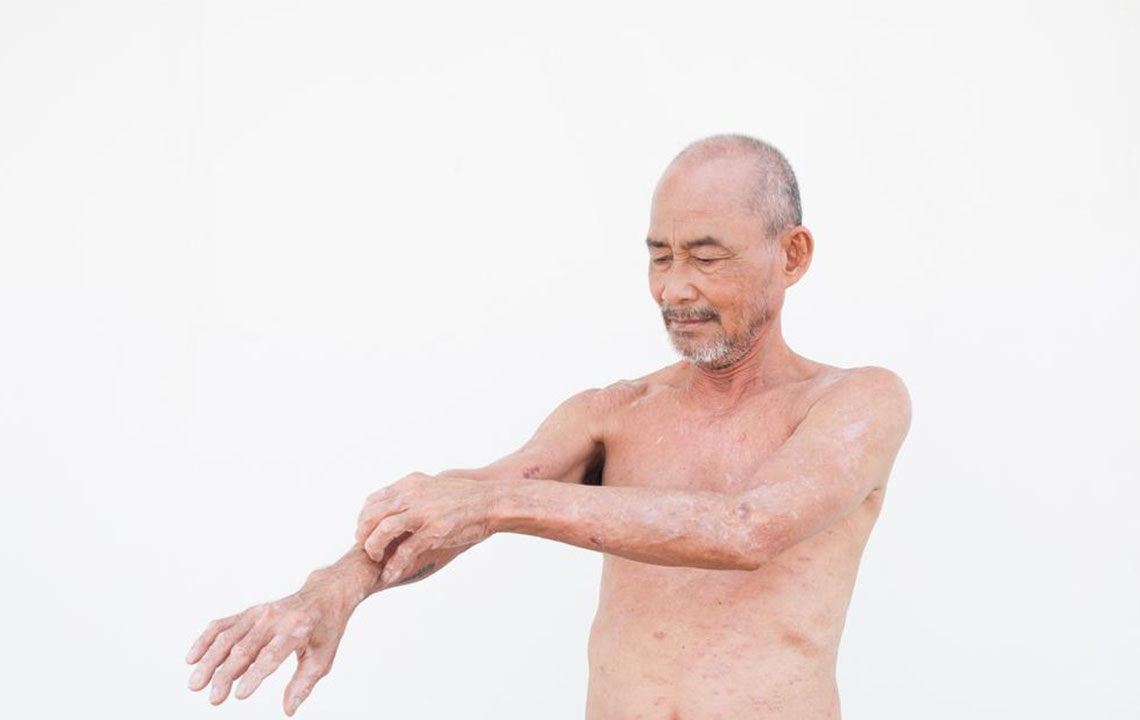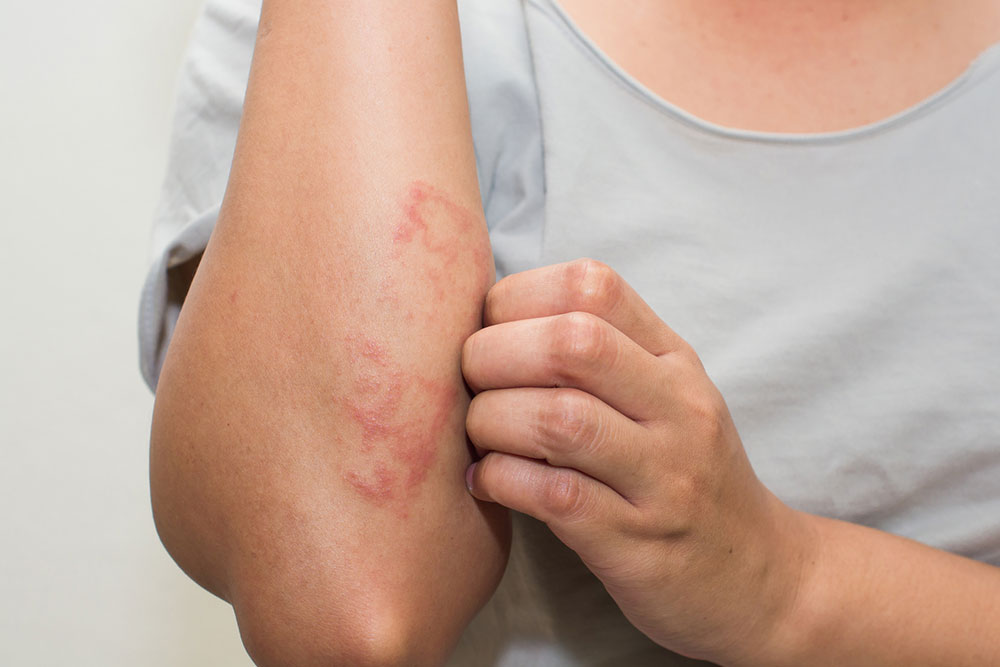Essential Insights into Skin Rashes and Remedies
This article provides a comprehensive overview of skin rashes, including symptoms, types, diagnosis, and practical home remedies. It emphasizes the importance of consulting healthcare professionals for persistent issues and explores effective treatments for infant and adult rashes. Learn about common rash management strategies and when to seek medical advice to ensure proper skin health and comfort.
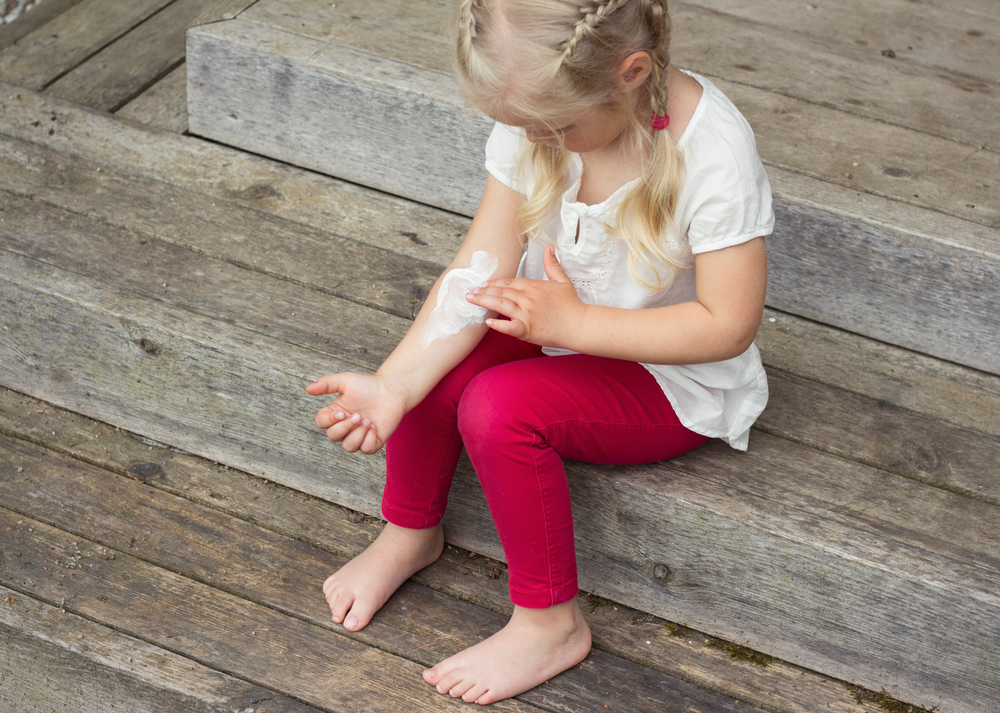
Understanding Skin Rashes and Management
Understanding Skin Rashes
Skin acts as a protective barrier against germs and environmental elements. In infants, skin is more delicate and less developed than in adults, requiring special care due to its sensitivity.
Infant skin is prone to infections, dryness, and irritation, often resulting in visible rashes. Such rashes are common and can recur frequently.
Recognizing Symptoms of Skin Rashes
Itchy, red patches
Bumpy skin with pus-filled spots
Blisters or fluid-filled bumps
Dry, flaky, or scaly skin
These signs might appear alone or combined, depending on the underlying cause. Images of skin rashes illustrate these symptoms. Persistent or severe rashes should be evaluated by healthcare providers.
Types of Skin Rashes
Skin rashes are broadly classified as contagious (infectious) and non-contagious. Examples include eczema, psoriasis, seborrheic dermatitis, and allergic reactions like dermatitis or rosacea.
Infectious rashes such as ringworm (tinea), impetigo, herpes (chickenpox, shingles), and bacterial infections are caused by viruses, fungi, bacteria, or parasites.
Diagnosing Skin Rashes
A dermatologist examines rashes by noting their appearance, pattern, and associated symptoms, often referring to photographic guides online.
The initial step involves identifying key features like shape and distribution—linear, ring-shaped, circular, etc.—to classify the rash.
Further diagnosis may involve lab tests or skin swabs as recommended by healthcare professionals for an accurate cause determination.
Home Remedies for Rashes
White vinegar diluted with water (one part vinegar to eight parts water) can help soothe diaper rashes and irritations, especially in babies and adults.
Apply this mixture gently after diaper changes to keep skin dry and reduce rash severity.
Using Hydrocortisone for Infant Rashes
Over-the-counter hydrocortisone cream can be effective in calming skin irritation and rashes on babies.
Application speed varies; images online can show the skin condition before and after treatment.
Use as directed to help alleviate simple rashes from irritation.
Clotrimazole for Fungal Rashes
This antifungal cream is suitable for treating ringworm and other fungal infections.
Petroleum Jelly Benefits
Petroleum jelly and similar lotions protect skin, aiding in healing and preventing worsening of rashes.
They act as a barrier against irritants, promoting faster recovery.
Managing Allergic Rashes with Antihistamines
Antihistamines are used to treat allergy-induced rashes but should only be taken under medical supervision.
Children with allergy-related rashes require professional diagnosis and treatment.

